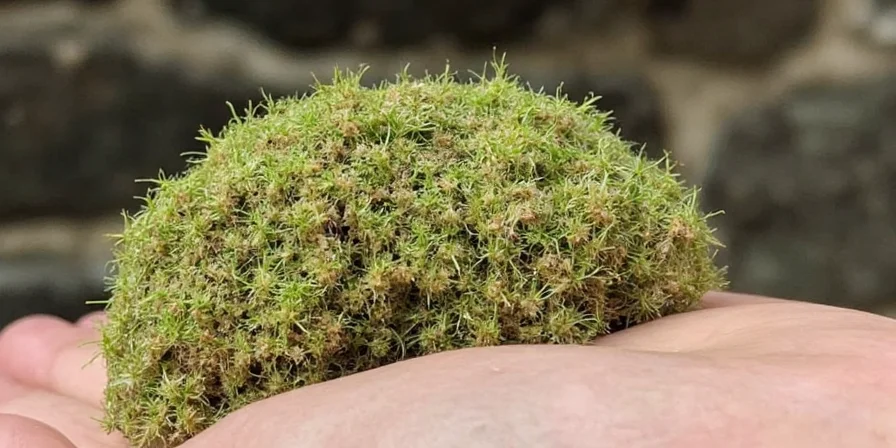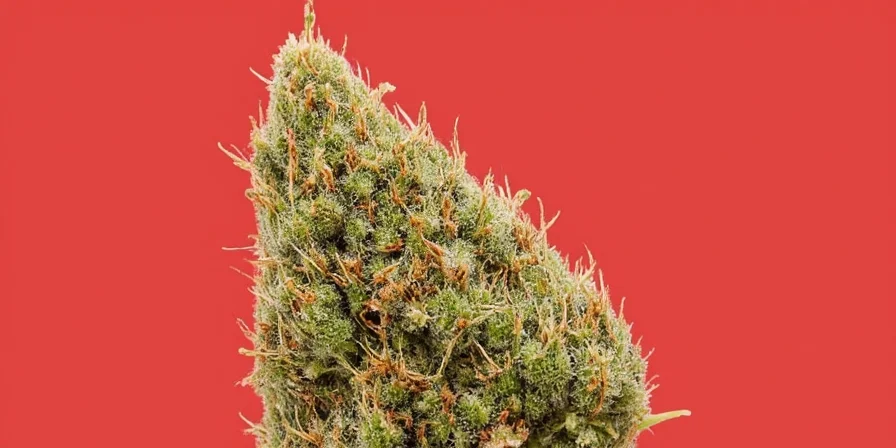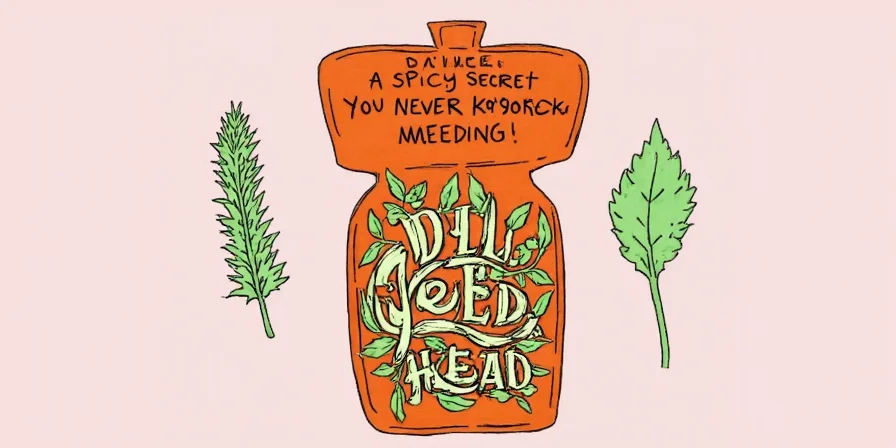Dill Weed Head: A Spicy Secret You Never Knew You Needed
Have you ever walked into a spice market and stumbled across something called dill weed head, only to walk away because the name sounded like a medical condition? Don't worry, we've all been there. But what if I told you that this quirky-named herb is one of the best-kept secrets in the world of seasoning?
Table of Contents
- What Exactly Is Dill Weed Head?
- Top 5 Uses for Dill Weed Head
- Dill Weed Head vs. Dill Seeds: What’s the Difference?
- How to Store It Like a Pro
- Fun Fact: Dill Weed Head in Pop Culture
- Conclusion
What Exactly Is Dill Weed Head?
Let's clear up the confusion right away — dill weed head is not a botanical mystery from another planet. In fact, it refers to the leafy part of the dill plant (Anethum graveolens) before it fully matures into seeds. Also known simply as “fresh dill” or “dill weed,” the term “weed” here doesn’t mean some unruly garden pest — it’s just an old-timey way of referring to non-woody plants.

Unlike the seeds, which are round and earthy-tasting, dill weed has feathery leaves with a bright, grassy flavor that carries hints of citrus and anise. The head refers to the full cluster of these leaves, often sold fresh but also available dried in many spice sections.
Top 5 Uses for Dill Weed Head
| Use Case | Why It Works |
|---|---|
| Salad Dressings | Adds a fresh herbal kick that pairs perfectly with lemon and olive oil. |
| Fish Dishes (Especially Salmon) | Complements the richness of fatty fish with its bright, aromatic flavor. |
| Pickling Vegetables | A traditional component in pickling brines for cucumbers and carrots. |
| Sauces & Dips | Enhances creamy sauces like tzatziki, sour cream-based dips, or mayo blends. |
| Eggs (Scrambled, Boiled, Baked) | Boosts flavor without overpowering, especially great with deviled eggs. |

Pro Tip:
- Add dill at the end of cooking to preserve its delicate flavor.
- Use fresh dill weed for cold dishes; dried works fine in cooked ones.
Dill Weed Head vs. Dill Seeds: What’s the Difference?
You might be wondering: if both come from the same plant, can I use them interchangeably? Let’s break it down with a quick comparison table:
| Feature | Dill Weed Head | Dill Seeds |
|---|---|---|
| Flavor Profile | Bright, grassy, citrusy | Earthy, slightly bitter, warm |
| Texture | Leafy, soft | Hard, small seeds |
| Cooking Use | Garnish, finishing touch, salads | Spice rubs, breads, pickling spices |
| Shelf Life (Fresh) | 1–2 weeks in fridge | Up to 3 years dried |

So, while both are valuable in their own right, they’re definitely not twins — more like cousins who go in completely different directions after high school.
How to Store It Like a Pro
If you're lucky enough to get your hands on fresh dill weed head, you’ll want to treat it like a delicate flower — because, well, it kind of is. Here’s how to keep it fresh and flavorful:
- Wrap in a Damp Paper Towel: This helps maintain moisture without making it soggy.
- Store in a Plastic Bag: Keep it in the crisper drawer of your fridge for up to two weeks.
- Freeze It: Chop finely and freeze in ice cube trays with water or olive oil. Boom — ready-to-use flavor bombs!
- Dry It: Tie bunches together and hang upside down in a cool, dark place until fully dry. Crumble and store in an airtight container.

Fun Fact: Dill Weed Head in Pop Culture
Believe it or not, dill has made some pretty unexpected appearances in pop culture. For example, did you know that in certain parts of Eastern Europe, dill is considered a symbol of good luck and protection? People would tuck sprigs behind doors or in baby cribs to ward off evil spirits. Talk about a spicy superhero!

Conclusion
So, what have we learned today? First off, don’t let the weird name scare you — dill weed head is a versatile, delicious, and underappreciated spice powerhouse. Whether you’re pickling, grilling, or just tossing together a salad, this little green marvel deserves a spot in your kitchen arsenal.
Remember: dill weed head isn’t just for grandmas or gourmet chefs — it’s for anyone who loves bold flavors and practical spice hacks. And now that you’re armed with tips, tricks, and a bit of trivia, you’re ready to wield that dill like a culinary rockstar.
Stay spicy, friends.











 浙公网安备
33010002000092号
浙公网安备
33010002000092号 浙B2-20120091-4
浙B2-20120091-4